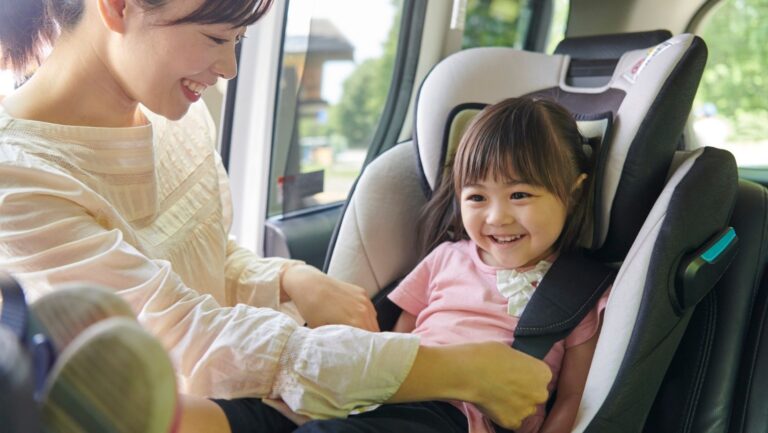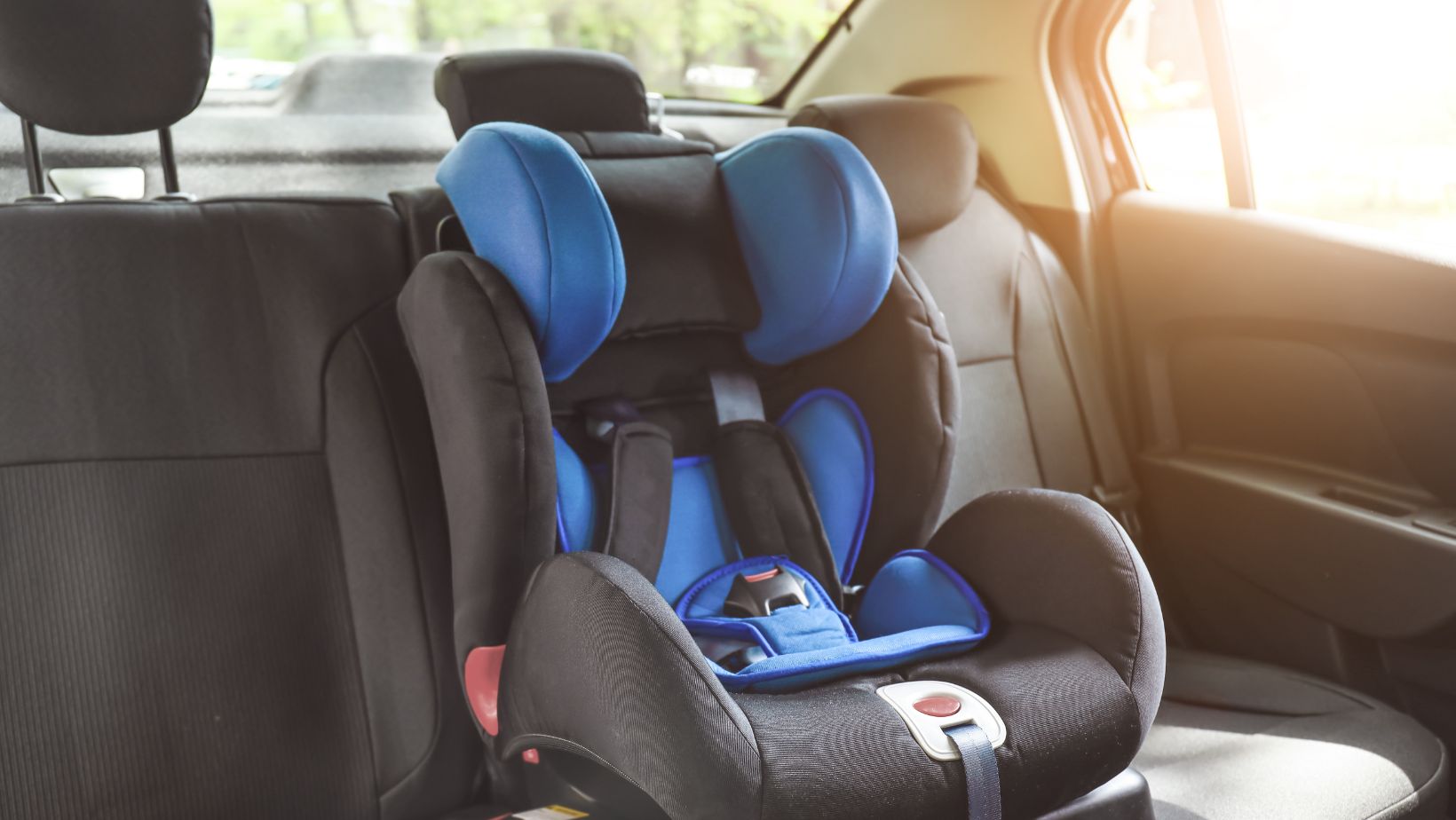Last Updated on March 27, 2025 by Nala Thorpe
Do you remember how you felt the first time you brought your newborn home in a car?
You probably drove as slowly as possible, checking the rearview mirror every three seconds. If you took a taxi, you probably begged the driver to go even slower. That protective instinct is on point, considering the alarming number of car accidents across the U.S.
However, driving slowly is not the only way to protect your child. You can also use a car seat appropriate for his or her age and size.
The sad reality is that 1,093 children died in car accidents in 2020 — a year of nationwide lockdowns. If such a thing happened on quiet roads, imagine what the statistics will look like by the end of 2025.
A lot of these children’s deaths may well have been prevented if their car seats were used properly.
Why You Should Never Ignore Car Seat Guidelines
Car seats are not only about comfort. They are designed to protect children in a car accident.
A proper car seat can mean the difference between life and death in a serious collision. Many experts agree that proper use of one can significantly reduce the risk of injury or death.
Car seats absorb impact during a crash. They also restrict the child’s movement, keeping him or her in place and avoiding hitting the car’s hard surfaces.
Pennsylvania Car Seat Laws and Guidelines
If you are a parent in Pennsylvania, you must stick to the state’s car seat laws and guidelines for young passengers.
The following are the requirements by age:
- Infants and toddlers. Children below two years old must be secured in a rear-facing car seat. It is the safest position for small children in a moving vehicle as it protects the head and neck during an accident.
- Young children. You can switch to a forward-facing one with a harness for children above two years old. Some parents prefer to keep their children in a forward-facing seat until they are four.
But the car seat must still be properly approved for safety. It is because experts recommend keeping your children in a rear-facing seat for as long as possible.
- Older children. Children between five and eight years old should use a booster seat. These seats will allow your car’s seat belt to fit the child better across the shoulder and lap.
- Pre-teens. Children between eight and 12 years old should ride in the back seat. Do not let them ride in front, even if they wear a seat belt. Only when they are past 13 years old should you allow them to ride in the front passenger seat.
Why You Should Always Adhere to Seat Belt Laws
Car seat laws and regulations are not optional in Pennsylvania. If you are stopped on the road, a police officer can check whether your child is properly strapped in the car seat.
If the child is not, you will likely get a fine. Repeatedly violating these laws can result in harsher legal consequences.
Proper Use of Car Seats
Several accidents result in severe injuries in children because of improper car seat installation. So, buying a car seat does not mean you automatically know how to install it correctly.
There are a lot of factors to consider. And it starts with choosing the right one that suits your child’s age and size.
Choosing the Right Car Seat
The first step when choosing a car seat is to ensure your child fits into it. You must look at the weight and height limits usually displayed on the label to ensure a proper fit.
If the instructions confuse you or make you unsure, ask a technician for help.
Installing the Car Seat
It is important to install the car seat correctly. It should be tight enough not to move more than an inch side-to-side. Attach the seat belt or the Lower Anchors and Tethers for Children (LATCH) system as directed.
If you want to ensure you installed the seat correctly, you can get it checked for free at a fire station or hospital.
Use the Car Seat All the Time
It does not matter how late or short your trip is; you must always use the car seat. Never let your child ride the car without being properly strapped in his or her car seat.
Even if you find it annoying or time-consuming, securing your child in the car seat is a habit that can save his or her life.
How You Can Be Held Accountable for Not Following Car Seat Laws
As mentioned, you may get a fine if a police officer notices you are not using the child’s car seat correctly.
However, this is not the worst consequence. Failing to adhere to car seat laws can sometimes affect custody arrangements or insurance claims after an accident.
All legal liability falls on you. If there is a court case, this can be considered negligence, affecting the case’s outcome.
You could potentially also lose custody of your child. If the other parent believes your negligence caused harm to the child, he or she can contest the existing custody arrangement.
How Lawyers Use Child Car Seat Laws in Legal Cases
Personal injury or family lawyers are well-versed in car seat laws. They include these laws in their arguments during legal cases.
For instance, a lawyer may use information on car seat laws against you to prove your negligence. He or she can argue that your child’s injuries could have been prevented had you not been careless.
Beyond this, lawyers can also point out that these laws exist to protect children. Because when used correctly, these car seats save lives.
Car Seat Safety Is Not a Small Matter
Remember that car seat safety is a matter of life and death for your child. Never shirk your responsibility to make sure you protect his or her life.





